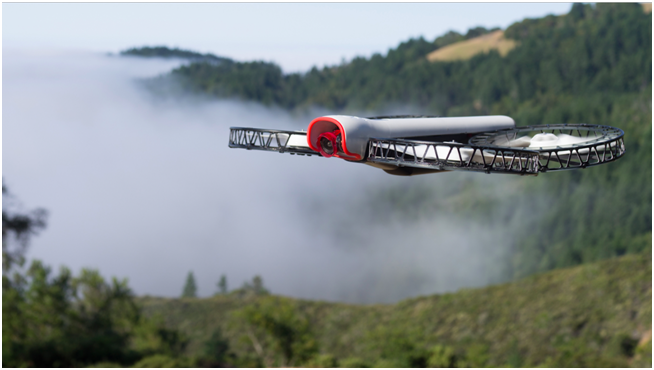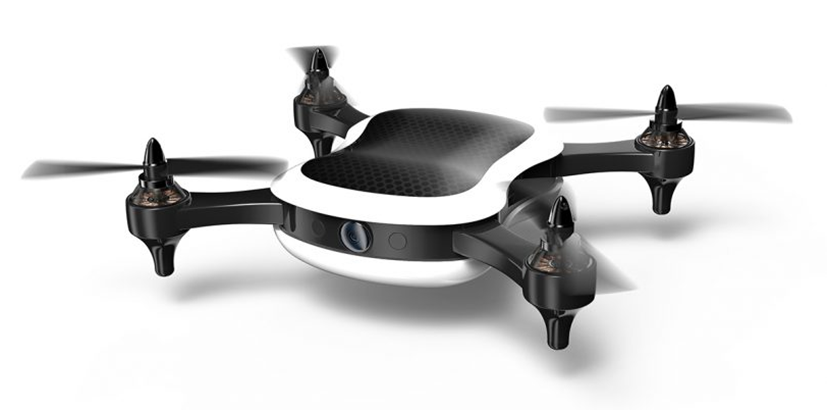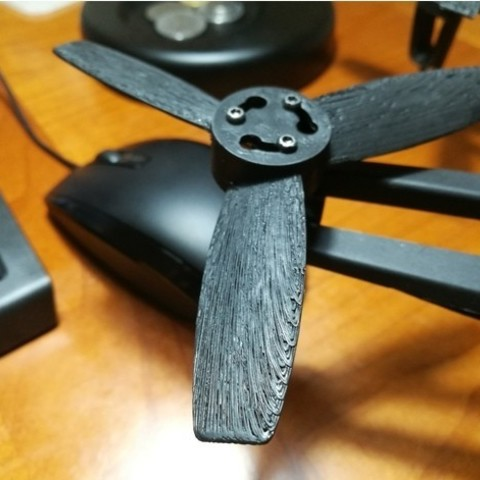
Charles R. Goulding and Peter Favata take a look at where 3D printing may come into play alongside DOD-approved drones.
In August, the U.S. Department of Defense gave five small drone manufacturers permission to sell drones to the U.S. military and other federal agencies. This comes in the wake of a 2018 ruling that U.S. federal agencies could not purchase commercial drones for government use until they were able to identify drones that were “safe for government use”.
These five drone manufacturers consist of four U.S. companies, namely Skydio Inc. in Redwood City, California; Vantage Robotics in San Leandro, California; Altavian Inc. in Gainesville, Florida; and Teal Drones in Holladay, Utah; as well as French company Parrot SA in Paris, France.
Having five approved drone vendors will result in a stronger drone and 3D printing market. Government agency procurement officers know that these five drone suppliers are on the approved list. Since all of the approved drone sellers use 3D printing, the 3D printing community knows that these five companies are good candidates for next-generation equipment, materials, and supplies. Lenders and investors know that these five companies have a preferred revenue stream. Drone industry job seekers know that these five companies will most likely have some staying power and a good reason to stay at the leading edge of technology.
Raising Capital
Two of these companies have also received PPP loans consisting of between $150,000 – $350,000 for Teal Drones Inc. and $350,000 – $1 million for Altavian. This means these companies are retaining their employees. Skydio has recently raised $100 million that will be used to fund the expansion of commercial drones.
3D Printing with Drones
3D printing is very common in the world of drones with many manufactures utilizing it for parts and accessories.

Teal Drones has done a great job of utilizing 3D printing in the past. Back in 2016, they created the fastest production drone that was able to reach speeds of over 70 miles per hour. They were able to accomplish this by using 3D printing the parts after designing them in SOLIDWORKS, the reason being that designing the drone out of traditional sheet metal would have been too costly and time-consuming.
Skydio has created a new drone that has some very interesting and innovative capabilities. This new drone is called the Skydio X2 and can scan and create 3D models by using the cameras on the drone itself. This model can then be uploaded to CAD software and used to create scaled-down 3D prints of real-life objects such as bridges for repairs.
3D printing drone propeller blades has been a popular application in many different drone makes and models. This makes production fast and consistent while also lowering the cost for production and replacement parts. Propeller guards are another component that is being 3D printed by drone manufactures. 3D printing is particularly useful for producing propeller guards because of its light and flexible nature. If the cage is too hard it can break off leading to shrapnel damaging the drone, with the flexible 3D printed cage a drone will be able to bounce off objects more delicately.
Manufactures and designers utilizing 3D printing for drone manufacturing may be eligible for R&D Tax Credits.

The Research & Development Tax Credit
Whether it’s used for creating and testing prototypes or for final production, 3D printing is a great indicator that R&D credit-eligible activities are taking place. Companies implementing this technology at any point should consider taking advantage of R&D Tax Credits.
Enacted in 1981, the now permanent Federal Research and Development (R&D) Tax Credit allows a credit that typically ranges from 4%-7% of eligible spending for new and improved products and processes. Qualified research must meet the following four criteria:
- Must be technological in nature
- Must be a component of the taxpayer’s business
- Must represent R&D in the experimental sense and generally includes all such costs related to the development or improvement of a product or process
- Must eliminate uncertainty through a process of experimentation that considers one or more alternatives
Eligible costs include US employee wages, cost of supplies consumed in the R&D process, cost of pre-production testing, US contract research expenses, and certain costs associated with developing a patent.
On December 18, 2015, President Obama signed the PATH Act, making the R&D Tax Credit permanent. Since 2016, the R&D credit can be used to offset Alternative Minimum Tax (AMT) or companies with revenue below $50MM and, startup businesses can obtain up to $250,000 per year in cash rebates that can be applied directly to payroll taxes.
Conclusion
With the DOD authorizing these five companies to sell drones to federal agencies this should provide substantial revenue and the ability to innovate. Already being utilized by these companies, 3D printing should be able to support this greater innovation.
